Contributing author cstolliver reaches for the stars…
It would be easy to thank (or blame, depending on your p.o.v.) Casey Kasem for inspiring almost four decades of my personal charts.
After all, his American Top 40 was the quintessential chart fanatic’s gold mine.
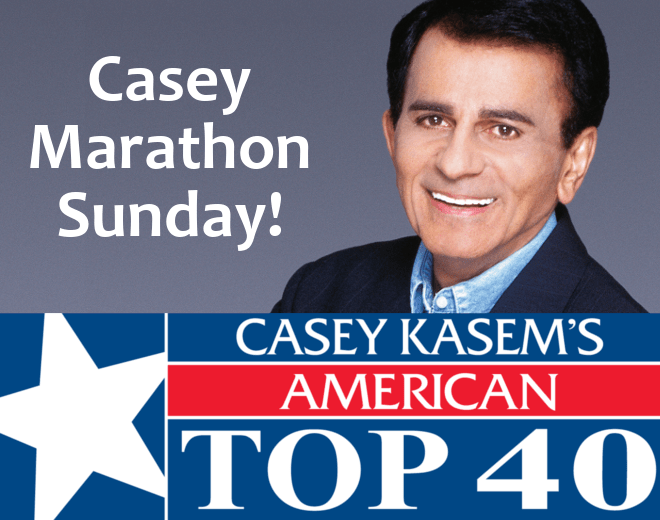
Still a nice way to spend a Sunday.
But while I started listening to AT40 in late 1974, I’d been following printed surveys even at age 9 or 10 (1972-1973). Those came from two powerhouse AM outlets in Chicago – WLS and WCFL – locked in a battle for Top 40 supremacy for the first half of the ’70s.
Chicago was a great place to grow up for a Top 40 nerd.
So much weird goodness from WLS and WCFL. Sure, there was the obvious namesake, in its brassy days.
But there were also acts like Ides of March
Coven (whose “One Tin Soldier” was a WLS chart-topper in a remixed version three years after its AT40 peak)
And Styx.
Then on RCA’s Chicago-area subsidiary Wooden Nickel Records, with “Lady.”
(Aliotta Haynes Jeremiah’s Windy City classic, “Lake Shore Drive,” wasn’t an AM hit but got FM play on Top 40 WDHF/WMET as well as album-rock stations.)
And it wasn’t only Chicago-born acts who supplied songs that I later was shocked to find missed or barely grazed AT40.
Southern soul singer Jackie Moore (“Precious Precious,” “This Time Baby”) went Top 10 on WLS and Top 20 on WCFL in 1973 with “Sweet Charlie Babe,” a sweet slice of proto-disco that never made AT40.
ZZ Top’s “LaGrange” went Top 5 on both stations, probably because it shares the name of a well-known Chicago suburb. It, too, never hit AT40, outside of an infamous week on a made-up AT40 chart a week in 1974 when the show had to be pressed faster than producers could get the information from Billboard.
Adult-contemporary singer Sami Jo went Top 20 on WCFL in 1974 with “It Could Have Been Me,” a guilty pleasure slightly less goofy than Charlene’s oeuvre.
And if you asked any Chicagoan of that era what ELO’s first Top 40 hit was, they would swear it was “Roll Over Beethoven.” They would be wrong, though not by much (it hit #42) – it was a Top 10 smash on both WLS and WCFL.
For me, the, “You’ve got to be kidding!” moment was the first time I looked at bound-volume copies of Billboard at the Arlington Heights Public Library (in the northwest Chicago suburbs) to find out the Guess Who’s “Star Baby” spent one week in the Top 40, at No. 39. To me, that song – a Top 3 hit on both WLS and WCFL – defined the summer of 1974.
If you want to see some of Chicago’s AM oddities, you can find copies of Ron Smith’s WCFL Chicago Top 40 Charts 1965-1976 and Chicago Top 40 Charts 1970-1979 (this latter is a WLS collection) at online booksellers.
Rob Durkee’s American Top 40: The Countdown of the Century, where I first read the “LaGrange” tale, is a much tougher find, but so worth it if you do come across it.
Picking up those radio stations’ surveys at area record stores (though, sadly, not hanging on to them) inspired me to begin figuring out what my own favorite songs would be each week.
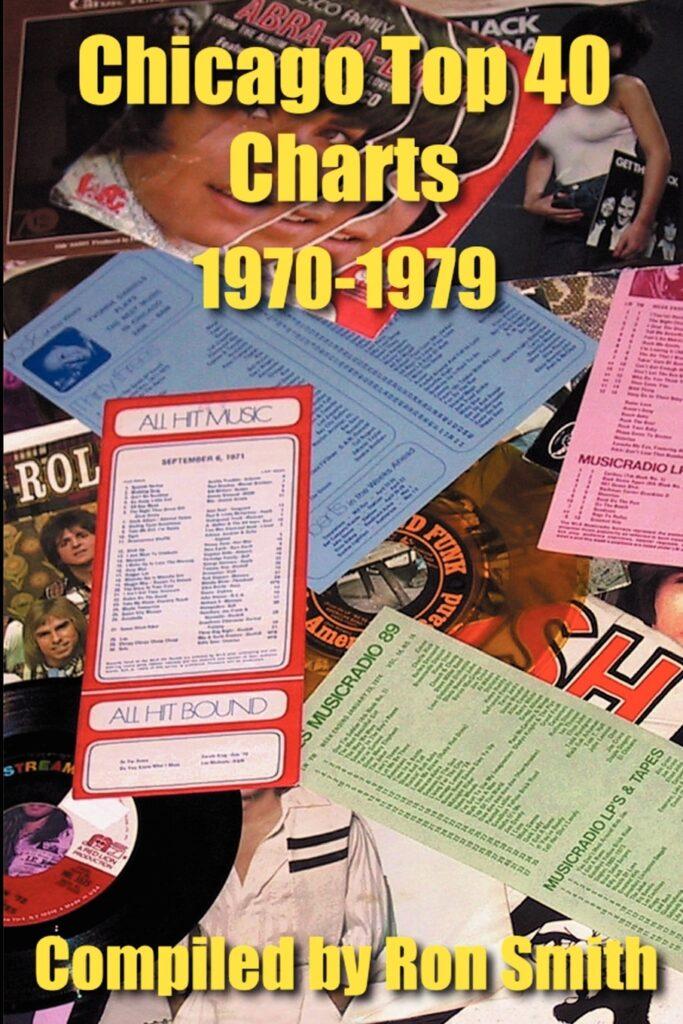
And the spirit of WLS and WCFL spurred me on to go outside AT40’s norm.
I remember, for instance, loving the Bee Gees’ Main Course album cut “Wind of Change,” Side Effect’s 1976 jam “Keep That Same Old Feeling” and the Real Thing’s UK export, “You to Me Are Everything.” In periodic spotlights linked to my charts online at Crownnote (mostly weekly between 1981 and 2018, except for a few years in the early aughts), I hope to give a little glory to these sorts of oddball delights – songs Casey never got the chance to respect, or only did so for a week or two before they returned to chart obscurity.
Sometimes, there’ll be a particular memory or story they evoke. Mainly, I hope they give you a chance to have your own “You’ve got to be kidding!” moments!
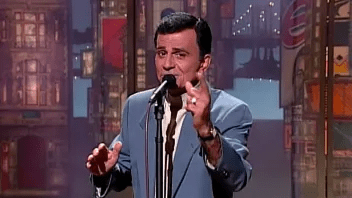


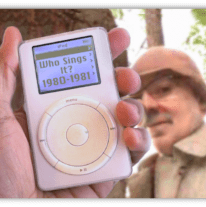
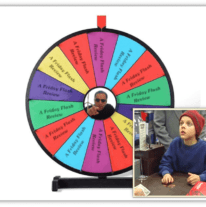
At the time, I didn’t really understand the concept of regional hits. It wasn’t a hit if Casey didn’t play it. Having said that, I grew up in central Maine. There wasn’t much original music to be heard.
Two exceptions came later, when I was in high school and then college. In 1975, a band called Katfish got regional airplay with a psychedelic cover of “Dear Prudence.” Then in 1978 or so, Bill Chinnock had several local hits. He was Maine’s answer to Bruce Springsteen, right down to the beard and black saxophone player. He’s probably worth a tnocs.com article in his own right. Hmmm…..
Growing up in southern Indiana, of the two stations that you mentioned, we could only get one. But we listened to WLS. A lot. Wonder how many people remember the call letters stood for World’s Largest Store? The station was first created by Sears. And now Sears is gone, and WLS is still going.
LTC, I went to college in Bloomington and student-taught at Indianapolis North Central, so central and southern Indiana is a fond part of my memory bank, too.
Come for the corn fields, stay for the giant tenderloin sandwiches. I still go back to visit family at least a couple of times a year.
I grew up in Rockford, IL, which had its own radio stations, including Top 40 station, WROK. This station played AT40, which I listened to religiously from 1970 through the early-80s. I would also listen to WLS and WCFL during this time, although more the former with its superstar DJs (although I am sure WCFL had its own notable DJs). WCFL’s signal was slightly less powerful.
I would hear songs on WLS and WCFL, along with AT40, that were not played on WROK. These were primarily R&B songs. Rockford was more conservative and less daring.
Your words brought back a lot of good memories. I did not know about the Chicago Chart books (the 70s is on order). The biggest nostalgia blast was the Guess Who’s Star Baby, which I had not heard since the 70s. Perhaps WROK played this song and/or I heard this on WLS or WCFL. I recognized the song instantly and distinctly remember the “kissing in your Cadillac” lyrics. It was in the iTunes library, but never played. It sure is now and I added it to my Songs of My Summer playlist. THANK YOU!
Thank you, cstolliver! AT40 and WLS were both favorites of mine, throughout the 70s. And I didn’t even live anywhere near Chicago. WLS’s nighttime AM signal traveled very effectively all the way down to northeast Oklahoma, my abode throughout the decade. My siblings, friends and I spent many evening and overnight hours listening to WLS on our transistor radios, and on our car radios. I learned the names of many of Chicago’s suburbs through the WLS ads. Joliet, Schaumburg, Naperville, Rosemont…I’ve never been to any of them, but they seem like old friends to me!
SrCarto! WELCOME!!!
Thank you, mt!!